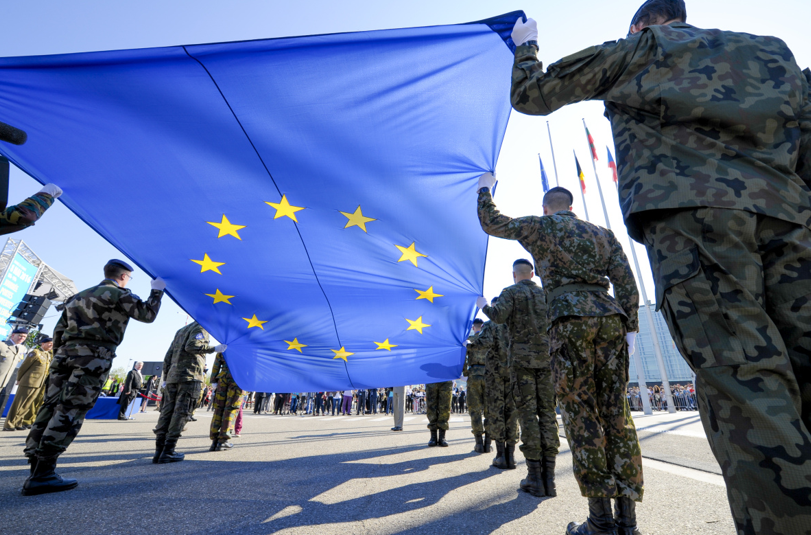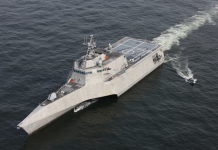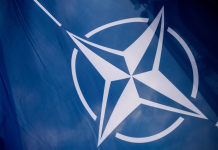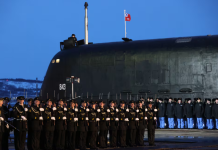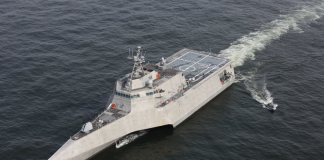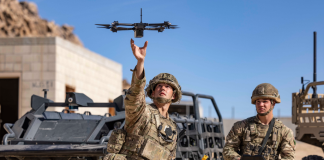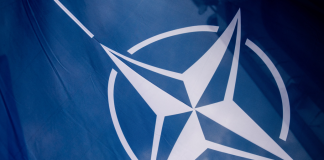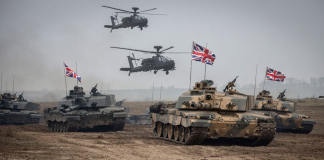By Fabio A. Aversa
According to Winston Churchill, golf is ‘a sport in which you hit a very small ball into a very small hole, using instruments especially ill-designed to perform this task.’ An appropriate image to describe today’s challenges of the European Union and its member states as they grapple with defense issues when equipped with imperfect tools, bureaucratized and cumbersome processes seemingly devoid of strategic vision.
Yet, never before has the issue of shared defense emerged as Europe’s central, common priority. Not a priority of choice, but of necessity due to the strategic, political and economic realities facing the continent.
The geopolitical shocks of Russia’s brutal aggression against Ukraine, combined with the looming withdrawal of the United States’ security guarantee of European, have broken the spell of a continental peace that truly seemed destined to endure.
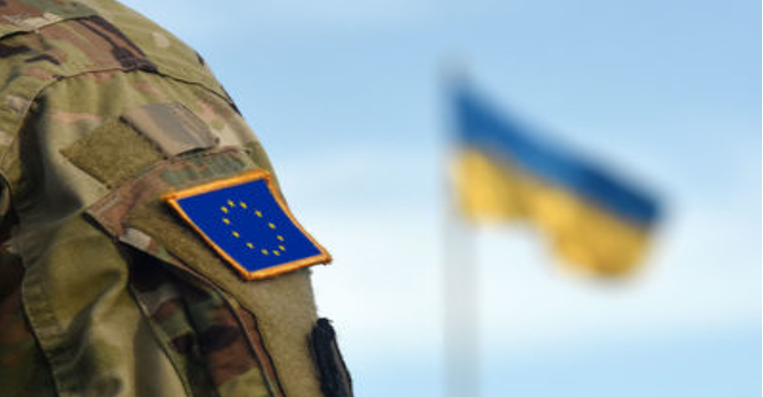
For decades, Europe has sheltered under the U.S. military umbrella, devoting itself to other domestic priorities: welfare, sustainability, market integration, ecological transition. Issues given priority in the naive belief that war in Europe was a relic of the 20th century.
That presumption is no longer tenable. The European Union is now compelled by these dramatic events to abandon strategic ambivalence. Although, come to think of it, we Europeans were already armed to the teeth, only the weapons were kept (and have been kept), so far, by our overseas Allied. But for the first time since Europe created a common identity, it must be prepared to stand alone in dealing with its own physical security.
Over the past four decades, European military spending has declined dramatically due to the so-called “peace dividend”. Despite warnings, even any troubling signs, governments chose to invest elsewhere, convinced that a strong deterrence was wasteful and counterproductive. But deterrence is far from superfluous: it is the first tool one should equip oneself with to prevent or counter aggression or hostile acts, instilling in adversaries doubt and fear of untenable consequences.
This is why it is essential for Europe to strengthen its strategic autonomy, develop weapon systems independently, and ensure security of supply by breaking, or at least reducing dependence on external actors. Increasing defense spending and critical resource independence are necessary steps, as is rebuilding a solid and competitive industrial base. To do otherwise leaves Europe vulnerable to economic blackmail and territorial loss.
To secure its borders, regain influence, credibility and political clout on the international stage, European leaders now understand that rearmament is not an option, but a necessity. And this time it will have to be managed with its own resources, industry and technologies. Deduction: EU rearmament does not have much to do with Russia, or, at least, not only with it.
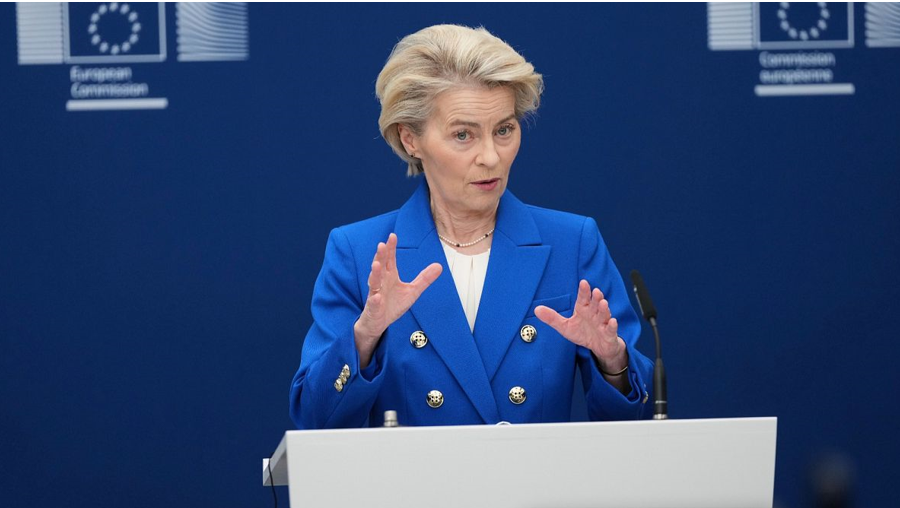
Commission President Ursula von der Leyen’s assertion on the need to build a “strong and autonomous” European defense took many European citizens by surprise. We had grown up under the illusion that territorial security was a given and not a collective responsibility.
The first response is there for all to see: increased military investment, not only at the national level, but also through common European instruments. Indeed, the Commission has proposed an 800-billion Euro rearmament plan over the next four years. Of this, 650 billion would come from member states’ budgets-excluded from the deficit count, according to the new fiscal rules, and 150 billion would be direct loans from the Commission, under the SAFE (Security Action for Europe) initiative.
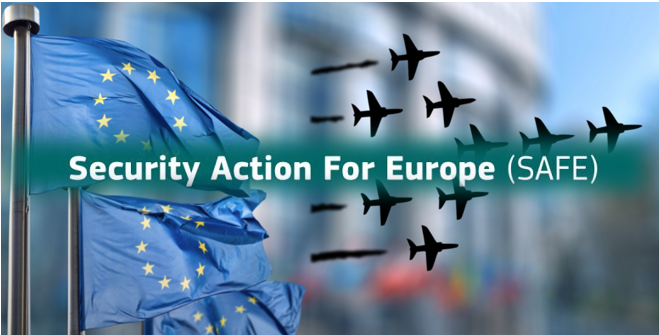
In parallel, European governments are taking various measures to strengthen defense industries: simplifying bureaucracy, reducing the cost of energy and encouraging private investment into defense innovation. This strategy is aimed at reducing external dependencies and making the European defense system more solid, reliable and resilient, although this will take time.
Europe must move in three directions: procure the best available weapons systems-including “high end armament technologies,” do everything possible to delay U.S. strategic disengagement, and, above all, rebuild a robust and sovereign defense.
If the situation deteriorates further, the Union could reinvigorate industrial cooperation with the United Kingdom. The UK has advanced industrial manufacturing in the aeronaval sector and the production of state-of-the-art weapon systems. Its involvement in the European-led “coalition of the willing” would not only make strategic sense but may one day prove vital.
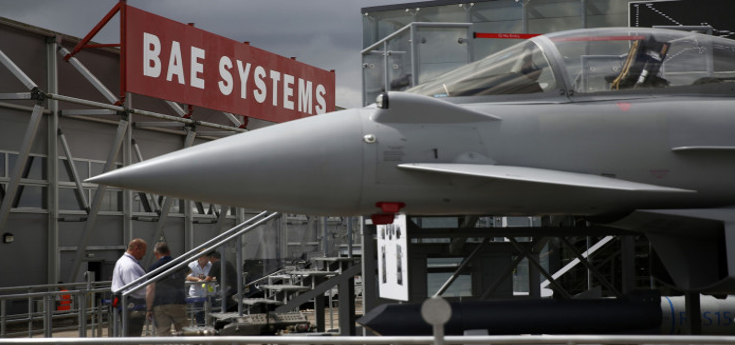
The UK, despite Brexit, continues to be a central player in European security, as evidenced by its engagement in NATO and military support for Kiev. Excluding it from defense programs would risk weakening the European security architecture. Specific arrangements, such as selective participation in the European Defense Fund (EDF), could be a good compromise between EU priorities and British needs.
However, any form of cooperation will have to be carefully evaluated and balanced to ensure that external standards, procurement, or technologies do not threaten the primary goal: building a strong, cohesive, capable and independent European defense.
Those who still ideologically oppose European rearmament, crying scandal on talk shows or social media, perhaps do so out of ignorance, bad faith, or both. And it costs us to confess that some people in some northern European countries already assert that they are breathing the atmosphere of the 1930s.
Today, there are no equally credible alternatives: the world has again shifted, and Europe must deal with it. European political and strategic autonomy passes, inevitably, through a strong, common European defense.
As von Clausewitz stated, war is the continuation of politics by other means. Without force, even politics loses its genuine meaning.

